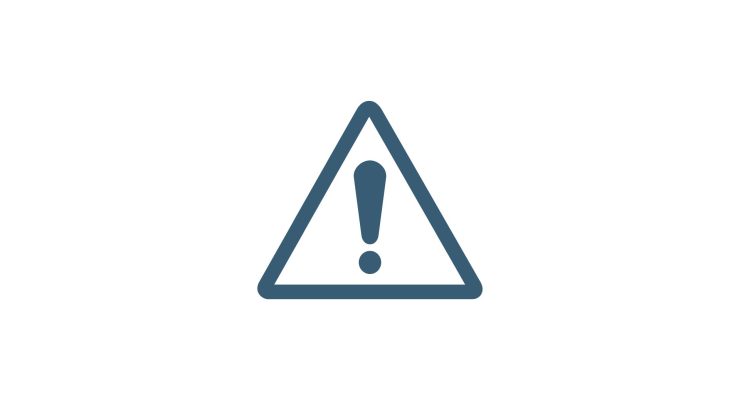What you need to know about the test alarm
Every year in February, the sirens wail all over the country. Why the siren test is so important and what to look out for during a real siren alarm.
Even though the authorities can now disseminate messages via digital alerting channels (e.g. apps or websites), sirens still form the core element in the overall system of alerting and warning the population. Especially at night, the “wake-up function” of sirens remains of very important significance. In crises and emergencies, the authorities must be able to warn, alert and inform the affected population quickly and reliably, over a large area.
An emergency or disaster, such as an accident in a power or chemical plant, can occur at any time and often occur without a short warning period. At the end of December 2020, for example, there was a drinking water contamination in the canton of Zurich, where the population was alerted and informed with mobile sirens. Every year in February, around 5,000 stationary siren systems and 2,200 mobile sirens are therefore tested throughout Switzerland to ensure that alerts and warnings can be issued in the event of an emergency.
How many different alarm signals are there?
Compared to the past, there are now only two different alarm signals. By default, every siren system is equipped with the general alarm signal (AA). In endangered areas such as flood zones, for example below water dams, the water alarm signal (WA) is additionally programmed. A combination siren contains both alarm signals.
How to react in case of a real siren alarm?
If the “general alarm” signal sounds outside the announced siren test, this means that there is a possible danger to the population. In this case, the population is requested to listen to the radio, to inform themselves via the Alertswiss app as well as to follow the instructions of the authorities and to notify their neighbours. The water alarm means that there is an immediate danger, for example below a dam. In this case, the population is asked to leave the endangered area immediately. The population in the affected areas is informed in advance with leaflets about escape possibilities and assembly points.
What happens in the event of a power failure?
The alarm and warning is guaranteed even in the event of a prolonged power and network failure. The stationary siren systems are equipped with batteries and state-of-the-art technology and guarantee an alarm triggering independent of the mains for at least 5 days. The central remote triggering system is specially secured and designed. The SRG also has a corresponding emergency system. In addition, the Federal Office for Civil Protection (FOCP) refers to other means of alerting, such as loudspeakers, but also message runners and leaflets. The federal government recommends that the population keep a transistor radio with spare batteries at the ready.
What does a Zurich-Oberland company have to do with the siren test?
Kockum Sonics AG, based in Wallisellen, has been producing, installing and maintaining siren systems to alert and warn the Swiss population since 1961. More than 3500 sirens from Kockum Sonics AG are successfully in use throughout Switzerland. Together with the federal government, the cantons and the municipalities, the crew of Kockum Sonics AG ensures that the alerting means function properly and can be used in the event of a disaster. The protection of the population has the highest priority – a safe and efficient alerting and warning system can save lives.



